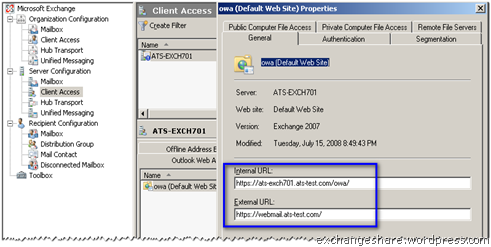Microsoft Exchange Server is a product which is used for making the purpose of emailing faster. This software is designed to make the work more efficient. Since nowadays the e-mail pays a vital role in the business dealings, so many companies are going for the Microsoft Exchange Server which has made their work much easier and faster. Microsoft Exchange Server not only has increased the reliability but also provides the feature if adding servers for other applications and hence its utilization makes the workload much easier.
The main advantage of the Microsoft Exchange Server is that it is used for providing security enhancement to many software packages.
Harmful threats like viruses spam and hackers can be neutralized by the use of this server.
Hence it is much more reliable and provides the confidence to the customers and employees that their email system is well protected and full potential utilization of their system can be done with the help of this server.
• Going for the virtualization of Microsoft Exchange Server: -
i. This server provides a cost effective technique and hence providing a simpler business environment. The use and costs of e-mails can be managed and hence the complexities which are increasing day by day can be controlled by the use of M.E. server.
ii. Besides the helpful features like flexibility, increase availability, reduction in cost, disaster recovery simplifications, your hardware products can be tested and provided with a valid virtual solution. This is the technique used in the virtualization of this server.
iii. These services are provided by the two leading software companies - Microsoft Exchange Server 2007 and VMware (leading data storage enterprise).
• Advantages of virtualization of Microsoft Exchange Server: -
It helps in increasing the reliability of the email system and also improves the disaster tolerant system by providing efficient infrastructure.
i. By encapsulating the Exchange Servers into virtual machines, it helps in simplifying the recovery of data for the improvement in the Exchange infrastructure.
ii. The VMware Infrastructure plays an important role in protecting the servers. So it is even more powerful technique with virtual machine.
It helps in improving the performance by the information exchange.
i. With the introduction of 'New 64-bit architecture' in Microsoft Exchange Server 2007, the performance of the system has improved as much more RAM usage can be done with the better coordination with VMware virtual machine.
ii. Hence better access to the disk can be done and more memory can be used.
Source: http://ezinearticles.com/?Virtualizing-of-Microsoft-Exchange-Server&id=1156138



















